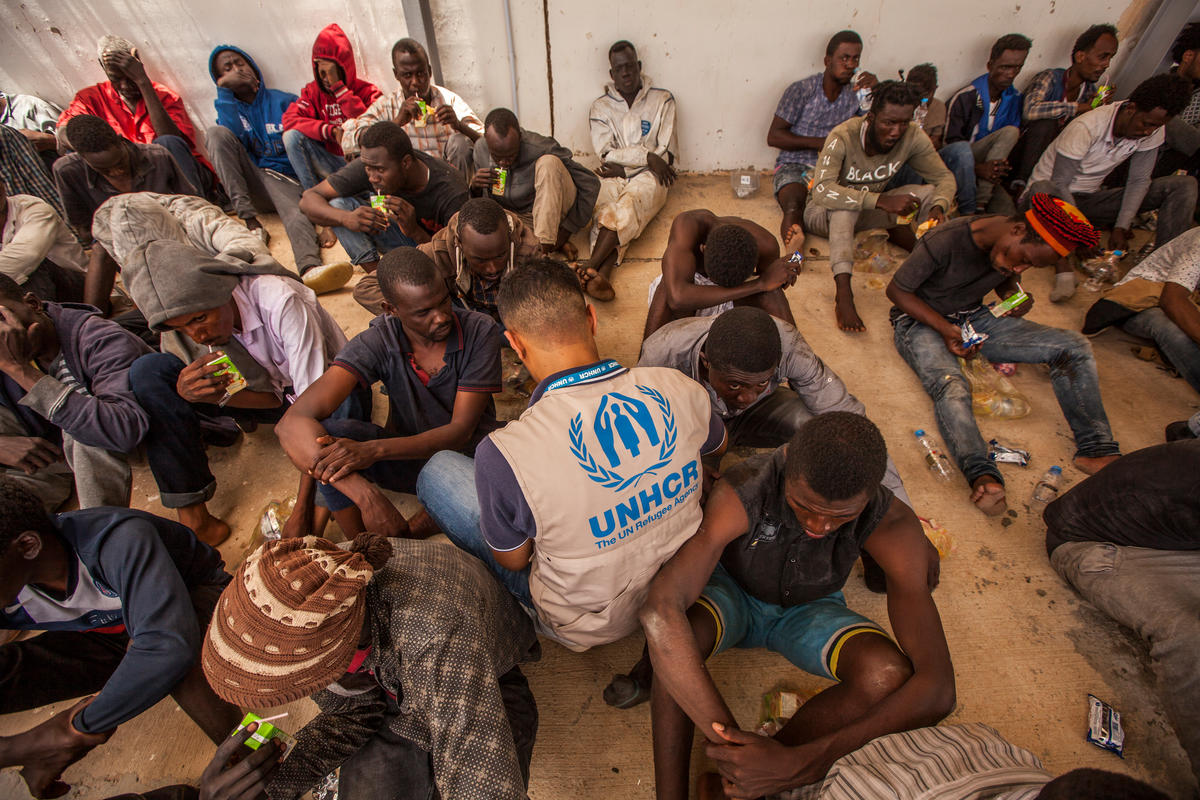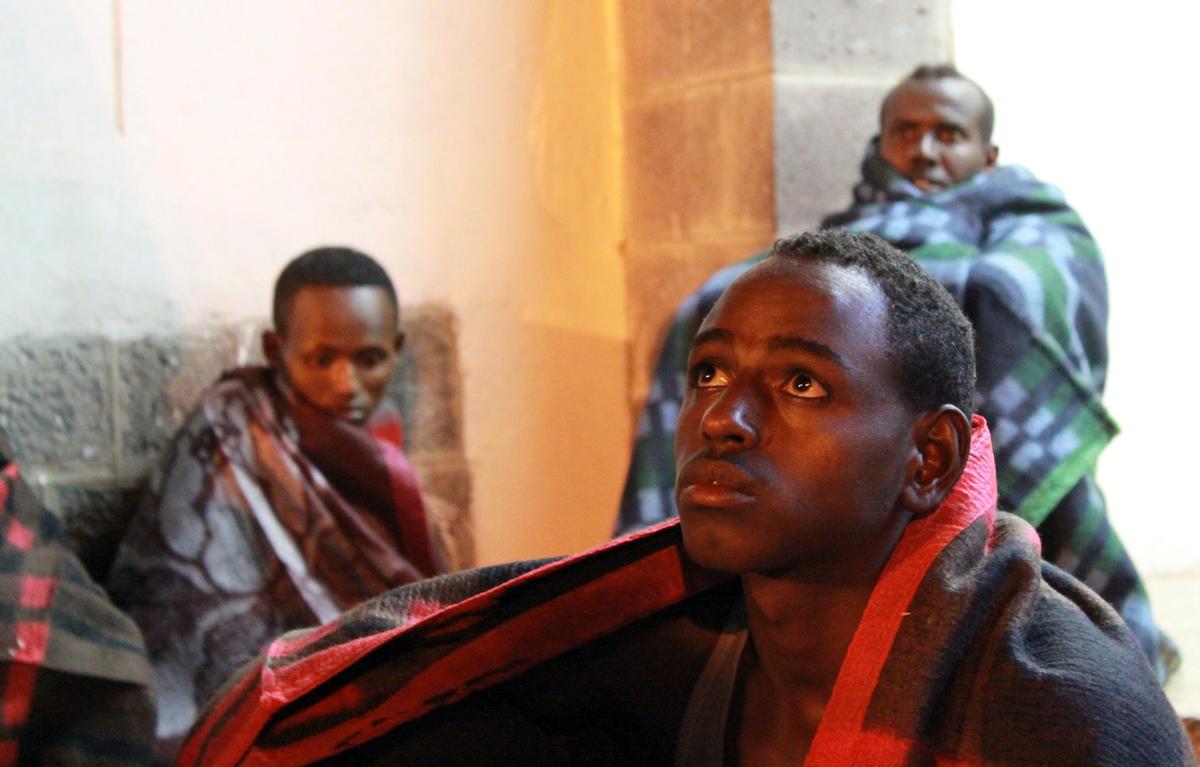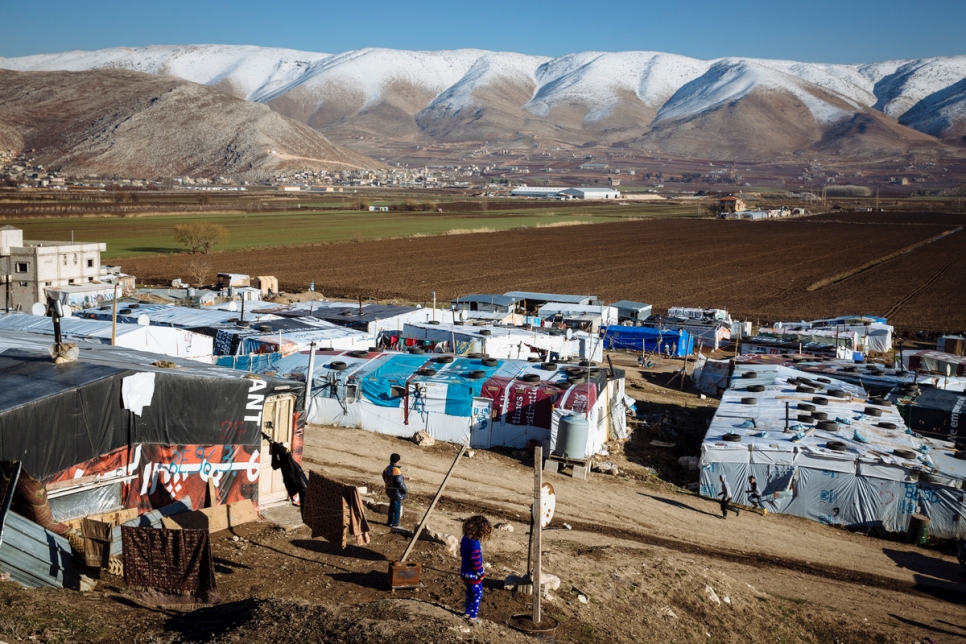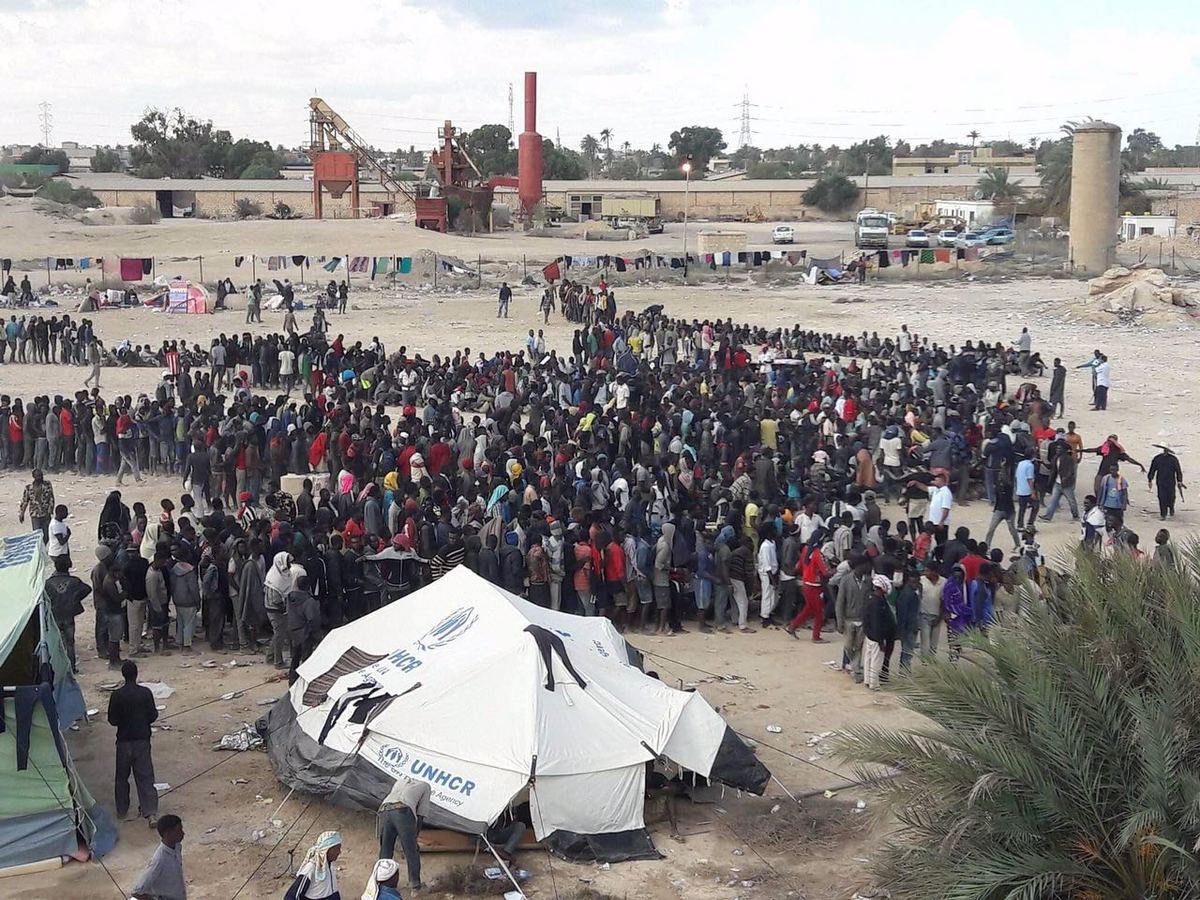Dozens dead or missing in Gulf of Aden; boat people figures rise
Dozens dead or missing in Gulf of Aden; boat people figures rise

GENEVA, November 4 (UNHCR) - Amid reports that at least 12 people drowned at the weekend in the Gulf of Aden, the UN refugee agency announced Tuesday that the number of refugees and migrants crossing the Gulf and the Mediterranean by sea in the first 10 months of 2008 is higher than the total for the whole of last year.
UNHCR spokesman Ron Redmond told journalists in Geneva that up to 40 people on a boat carrying 115 desperate people - mainly Ethiopians and Somalis, including some women and children - across the Gulf from Somalia were forced overboard on Sunday in deep water off the coast of Yemen.
"Twelve bodies have so far washed up on the beach in Alam and 28 remain missing. The remaining 75 boat people survived and have arrived in UNHCR's Ahwar reception centre, where they are receiving help," he said, adding that one person died in Ahwar as a result of severe injuries inflicted by the smugglers. Others were being treated for head wounds and other injuries.
Survivors said that as the boat was within sight of the Yemeni coast, but still in deep water, the smugglers demanded more money from all passengers, who had already paid US$100 each prior to departure. Those who did not or could not pay extra were severely beaten by the smugglers and up to 40 - mainly Ethiopians - thrown overboard despite their pleas for mercy.
Meanwhile, Redmond said that the number of refugees and migrants crossing the Mediterranean and the Gulf of Aden this year had already exceeded totals for all of 2007 in several areas.
According to UNHCR estimates based on official and unofficial sources, nearly 30,000 boat people arrived on Italian shores by the end of October this year, compared to 19,900 during the whole of 2007. At the same time, the number of people reported dead or missing at sea on their way to Italy or Malta in the first 10 months of 2008 (509) is already higher than the total for last year (471).
In Malta, close to 2,600 boat people arrived in the first nine months of the year from North Africa, compared to 1,800 in the whole of 2007.
In the case of Greece, figures are available only for the first seven months of 2008, but they show the same trend as in Italy and Malta. An estimated 15,000 people arrived in the Greek mainland or islands in the Aegean Sea between January and July, compared with 19,900 during the whole of 2007.
Arrivals in mainland Spain and the Canary Islands [via the eastern Atlantic] up to the end of October (10,700) are also higher than during the same period last year (9,100), but still lower than during the whole of 2007 (18,000).
The number of refugees in these mixed movements of people, which also include economic migrants, varies widely from country to country and at different times of the year. In the case of Italy, one-third of those arriving irregularly by sea last year applied for asylum (some 7,000 people). On average, almost half of all asylum applicants in Italy are recognized as refugees or granted some other form of protection.
In Malta, roughly 80 percent of those arriving by sea apply for asylum and nearly 60 percent of them, on average, are recognized to be in need of international protection. They receive either refugee status or another form of protection. In contrast to those reaching Italy or Malta, only around 3 percent of boat people reaching Spanish shores apply for asylum.
In addition to the Mediterranean, UNHCR has been drawing attention for some time to the humanitarian crisis in the Gulf of Aden, where every year tens of thousands of people flee the Horn of Africa - a region scarred by civil war, political instability, famine and poverty - in search of protection in Yemen or further afield.
During the first ten months of 2008, more than 38,000 people made the dangerous crossing by boat from Somalia to Yemen. This represents a considerable increase from the 29,500 who made the same journey during the whole of last year. More than 600 people have been reported dead or missing so far this year in the Gulf. Last year, the death toll reached 1,400.
In 2007, an estimated two-thirds of those who reached Yemen alive sought assistance from UNHCR. Yemen has for years accepted Somalis as refugees on a prima facie basis, but access to refugee protection has been more difficult for asylum seekers from Ethiopia.
UNHCR is beefing up its response by improving reception conditions for those who manage to reach Yemen and, at the same time, improving the living conditions of people with protection needs in the Horn of Africa so that they do not need to risk their lives by crossing into Yemen.
Meanwhile, UNHCR and its partners are set to discuss mixed migration issues, including irregular crossings of the Gulf of Aden, Mediterranean and eastern Atlantic, during a meeting next week in Dakar, Senegal. UNHCR has developed a 10-Point Plan of Action on Refugee Protection and Mixed Migration that sets out a number of areas where the agency believes initiatives are called for and where it can contribute some expertise.
By Hélène Caux and William Spindler in Geneva








